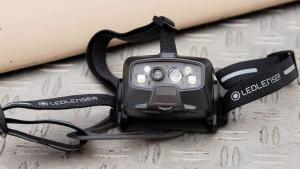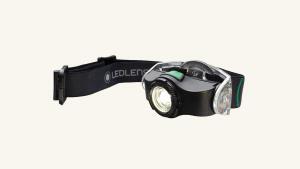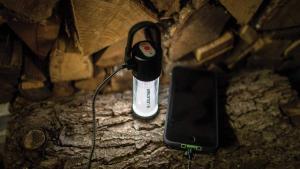I live in Colorado near the Rocky Mountains, where we have plenty of winter hazards that can slow you down on the road. Whiteout conditions due to high winds, avalanches, and, of course, heavy snow are all possibilities that could disable your vehicle or force you to spend an unplanned night in your rig, waiting out bad weather. But the Rockies aren’t unique in this way. Many regions of the US (and temperate locations around the world) experience similar hazardous winter conditions.
Fall’s arrival in the Northern Hemisphere is a good reminder that winter is just around the corner and is the perfect time to consider assembling a cold-weather emergency kit for your overland or commuter vehicle. In the case that your vehicle becomes disabled due to bad weather or an accident, having an emergency kit could be the difference between a good and bad outcome. In the best-case scenario, where you can walk away from your rig, having a few essential items could help you get to safety. If you are unable to leave your vehicle, the proper gear could sustain you for multiple days until help arrives.
START WITH A SOLID CONTAINER
Starting with a rugged container is a must, and I chose to put my kit in a Front Runner Wolf Pack. I like these containers for a few reasons: they stack easily, the lids snap securely in place, and they are strong enough for me to stand on top of (I’m short, so it’s dual-purpose: container and step stool).
COLD WEATHER EMEERGENCY GEAR
The gear I’ve chosen is based on my personal needs. You may want to add or remove items based on where you live and what you are likely to encounter in the winter months.
STOVE A small stove can melt snow or ice for drinking water and can also boil water for preparing freeze-dried meals. I’ve chosen a small Primus stove because it is an integrated system combining a burner and pot. Include a fuel canister in your kit as well.
Iso-butane canisters have reduced performance in cold/high-elevation environments. White gas stoves are a bit more cumbersome and complicated to operate but offer improved performance at cold/high elevations.
WATER Water is tricky in the winter because the chances are good that it will be frozen when you need it. I’ve chosen to use these thin, recyclable bottles because even if they freeze, you can use a small knife to slice them open and get the ice out to melt with your stove. Try doing that with a Nalgene or a metal water bottle—you can’t.
FOOD For food, I’ve picked a couple of different things. Freeze-dried camping meals are more substantial in the event that I get stuck with my vehicle for a couple of days. But if I just need a quick snack to help stay warm or feed myself while I walk to find assistance, I’ve included some energy bars that I can eat without having to cook/heat.
Whatever foods you choose to pack, prioritise high-fat content items as they have a higher energy density and will help you stay warmer in cold weather.
ELECTROLYTES I have included some electrolyte drink mix. It’s easy to become dehydrated in colder temperatures because you often don’t feel as thirsty as you do in warmer climates. Electrolytes will help you stay hydrated, which, in turn, will help your body keep you warmer.
Electrolyte mixes with sugar are preferable to sugar-free mixes. The additional quick-burning sugar calories will help you stay warmer in cold weather.
MULTITOOL A multitool like this Leatherman Free P4 has endless uses.
HEADLAMP A headlamp is superior to a handheld flashlight in most instances. It’s great if you are performing a task that requires both hands, like vehicle repairs or shovelling snow in the dark. Make sure you use lithium batteries in your headlamp so that it still works in the cold.

FLASHLIGHT A super-bright handheld flashlight such as the Ledlenser MT14 is a great addition if you need more light than your headlamp can provide. It can be used to signal rescue crews or help make you visible to other vehicles if you are disabled on the road.
GOGGLES If you have to be outside in a heavy snowstorm to shovel your vehicle out or walk to safety, goggles are crucial for maintaining visibility. You can pick up a cheap pair of old goggles at many used sporting goods stores.
HAT Because of the density of capillaries in our scalps, a wool or fleece hat will go a long way to help keep you warmer in cold weather.
JACKET An insulated waterproof jacket is a good item to pack in your kit. It can provide that extra margin of warmth while keeping you dry if you need to leave your vehicle. It will also help you stay warmer if your vehicle won’t run and you don’t have heat.
Insulated, waterproof snow pants will complete your cold-weather outfit. Additionally, a pair of synthetic or wool long underwear will keep you warmer than cotton.
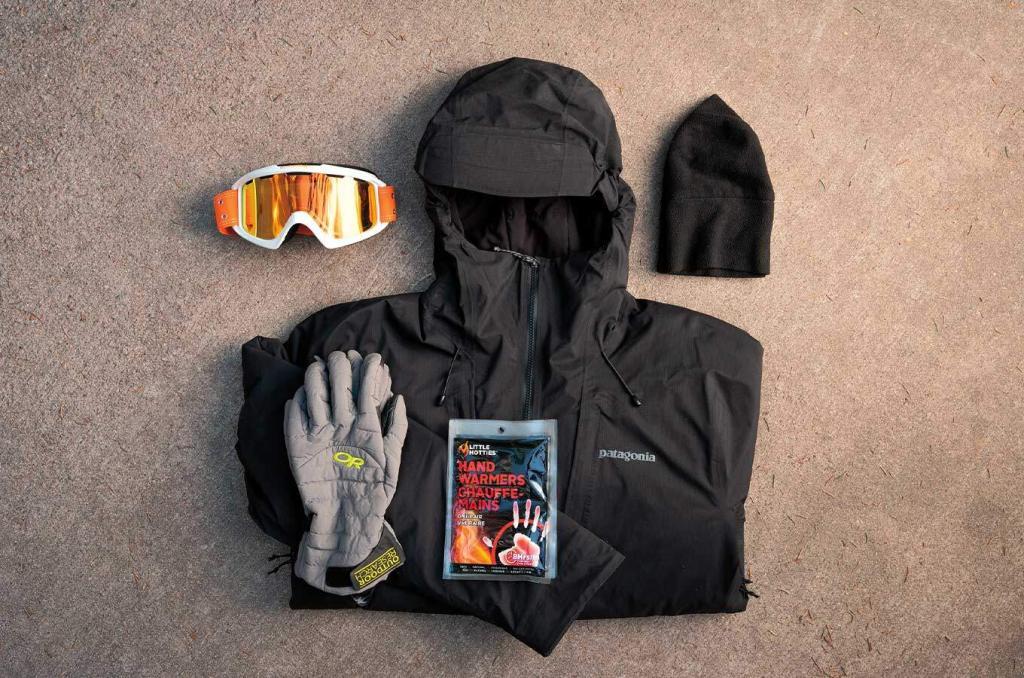
HAND WARMERS Chemical hand warmers are useful in a couple of ways: they can keep your toes and fingers warm, reducing the chances of frostbite in extreme cold; keep your cell phone battery warm so that it doesn’t die prematurely; and if nothing else, provide a tiny bit of psychological comfort in a stressful situation.
There are electric and refuelable hand warmers as well.
GLOVES It almost goes without saying that a pair of insulated gloves are a must. I’d recommend picking a pair with a leather palm that can take some abuse in case you need to shovel or perform other physical tasks.
Consider packing two pairs of gloves so that you have a dry pair if one gets wet.
SHOVEL AND SLEEPING BAG Two final items that could make a big difference in your comfort and ability to help recover a stuck vehicle: a shovel and a sleeping bag. A sleeping bag will help you stay warm if you need to spend the night in your vehicle. A collapsable backcountry ski shovel is very compact, yet its large scoop can move a lot of snow if you need to dig your vehicle out of a snowbank.

Getting Cold?
Just because you have some emergency gear doesn’t mean that you have nothing to worry about. Getting cold happens, but lucky for you, there are a handful of ways to warm yourself up, and most of them are very simple. Here are some ideas to get your blood flowing and help you feel more comfortable if you find yourself waiting around for help to arrive.
EXERCISE It might not be the first thing that comes to mind if you are stranded and cold, but aerobic exercise is one of the most efficient and quickest ways to warm yourself. If you have a safe place to do them, jumping jacks are extremely effective at getting your body temperature up. Try doing sit-ups in your sleeping bag or grabbing a shovel and moving snow around for 10 minutes. You’ll be surprised how quickly you begin to feel warm.
While exercising will warm you up, it can also make you sweat. Make sure that you don’t let yourself get damp; otherwise, you are likely to get cold again.
EAT SOMETHING Another tactic to employ if you find yourself getting cold is to eat food. Your body converts calories into heat, so having a calorie-dense snack is a great way to give your body what it needs to stay warm. If you find yourself waking up cold in the middle of the night, you can eat a candy bar or energy bar without leaving the warmth of your sleeping bag. Trust me; this can make a very big difference.
Keep a candy bar or energy bar in your pocket at all times in sub-freezing weather so that it remains soft enough to eat when you get hungry.
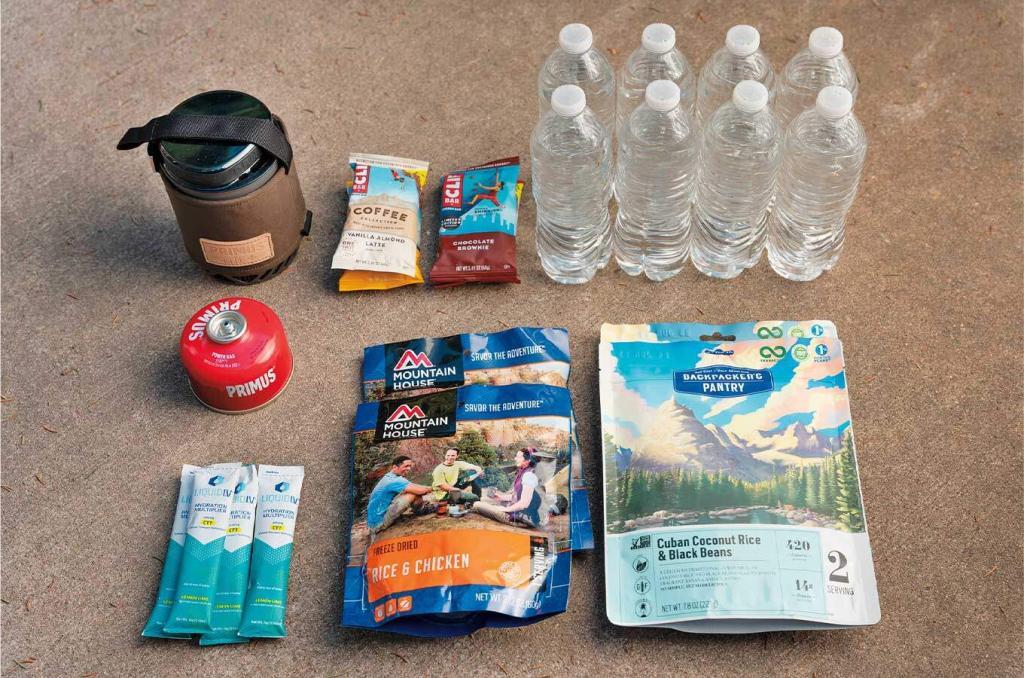
ADDITIONAL CONSIDERATIONS
MEDICATIONS If you have any regular medications that you must take on a daily basis, pack at least two days’ worth in your cold-weather emergency kit (as long as it can be stored in freezing temperatures).
HYDRATION In colder environments, you are unlikely to feel thirsty, but that doesn’t mean you don’t need to drink. Dehydration can increase your chances of getting frostbite or feeling cold. Aim to drink at least 2 litres of water per day, even in sub-freezing temperatures.
COMMUNICATION You can’t always count on your cell phone to work in an emergency, so having a backup plan for communication is smart. Let someone dependable know your travel plans and what to do if you are overdue for your arrival home. You can also carry a satellite communication device with you like a Garmin inReach Mini.
Author/Photographer: Matt Swartz


